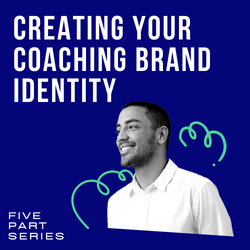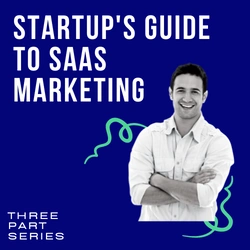Visual Storytelling Is The Secret Sauce For Small Business Marketing Success And Budweiser Proved It
I know what you’re thinking, ‘Budweiser is a huge conglomerate, how could they prove something works for small business?’ We’ll get to that – I promise.
In 2014 Keith Queensbury of Johns Hopkins University analyzed 108 Super Bowl Ads and found that ‘regardless of the content of the ad, the structure of that content predicted its success.’
So what exactly can a small business emulate with even greater success than a multimillion dollar Super Bowl ad?
Something so powerful that massive national competitors can’t match it on a local or community-based stage. We’re talking about visual storytelling.
Visual Storytelling For The Win
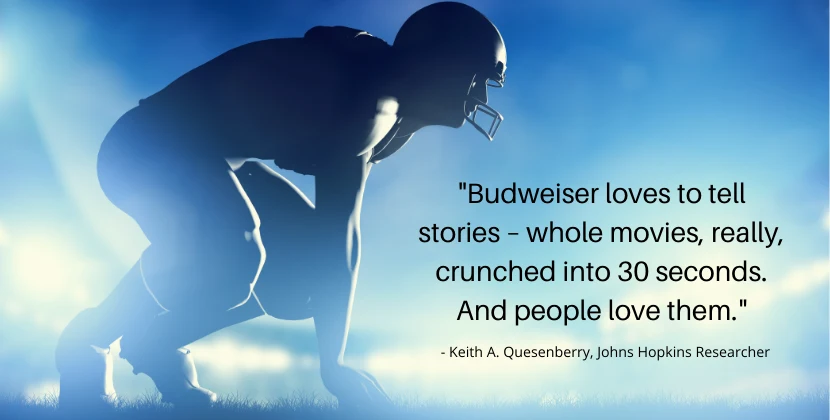
We’re going to discuss how to use visual storytelling to score some serious wins in your small business marketing campaigns. You’re going to learn how to make people pay attention, feel, listen and push them to share your story with their own teams (no more sports puns starting now).
Visual storytelling gives any small or local business a huge advantage.
1. You can use visuals of your business in your local community to raise local pride and support.
2. A small business with a story to tell is more interesting and engaging to people than a national company.
3. Consumers trust small business owners over national CEOs. You tell your story in a personalized and visual way, and you’ll attract attention. You’re the underdog – the David to their Goliath. That’s actually an advantage you can use to your benefit by telling a story that focuses on your size and pluck versus the big bad national competitor who doesn’t know the community you grew up in.
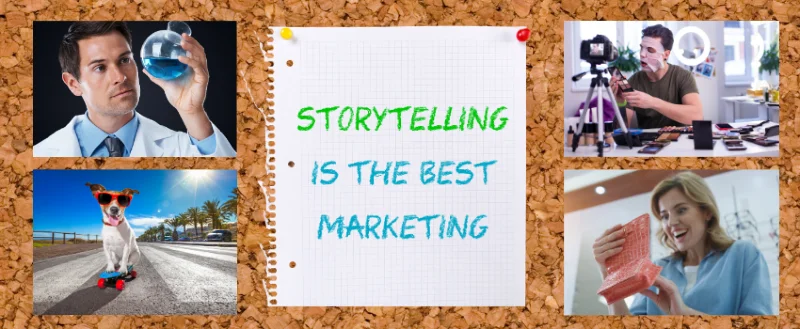
By now, you have probably seen the Budweiser Super Bowl commercials that tell adorable, vibrant stories that appeal to nearly everyone. The company knows what it must include to create some tear-inducing visuals; baby Clydesdale horses, puppies, All-American farmers, etc.
Budweiser spends millions on each ad and receive ten times that back in attention, social shares and YouTube viewers. They craft a story and people love it, and sales of Budweiser beer increases as Americans are reminded of the history of the brand in connection with the patriotic feeling of Americana.
But here’s the thing – Budweiser hasn’t been an American company since 2008 when it was made part of Belgium-based AB InBev, the world’s largest alcohol conglomerate.
Through those strong commercials of American manufacturing with a slight good ole times feel makes the reality of the beer’s ownership irrelevant.
How Does This Apply To Your Small Local Business?
As promised, here’s what you can learn from Budweiser. Visual storytelling works and the better the story, the stronger the reaction and the greater the results. Budweiser hired a marketing firm to create a story for them. Just imagine how powerful a real story from a real community-based local business owner would be?
Visual storytelling does not have to be solely about video content. As long as you have strong and engaging visuals, you have a visual story to tell. Let’s examine your visual options:
Infographics
You’ve heard of them. You’ve seen them on Pinterest and elsewhere, and you’ve probably saved a few helpful ones yourself. Why do infographics work so well?
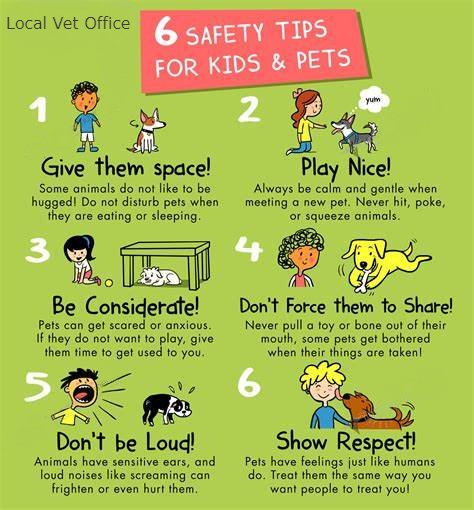
The simple infographic above is visual stimulating with bright colors and imagery designed to get noticed. It’s also helpful with a direct (but not in your face) attribution to the local vet office. Posting this infographic on Pinterest and Facebook will get shares.
What’s the story? In the infographic above, the local veterinarian is giving parents and pet owners a few helpful tips on how to manage children with pets.
As a neighborhood veterinarian, we would suggest you combine this infographic with a personalized post on Facebook and YouTube to tell your story.
A post or quick video on tips, tricks and a brief but entertaining story on children and pets together shouldn’t take more than 15 minutes. Couple the post or YouTube video with a link to the infographic, and you have a multi-level story with visual appeal.
Whenever a client sees a post of a fellow parent who just got a new pet, they are likely going to repost your infographic. Each repost means more shares.
Real Photos
Being a local small business is a strength if you use it correctly. You must use real photos when posting to your blog, Facebook page or even in your local Google Ads.
People are immune to stock imagery these days. We see it everywhere, and we stopped paying attention to it years ago. You’re a local company, so take local photos of actual local areas.
If you need a quick product photo, take it in your own kitchen or garage, so it’s obvious that you’re not using the same photos everyone else is from popular stock services.
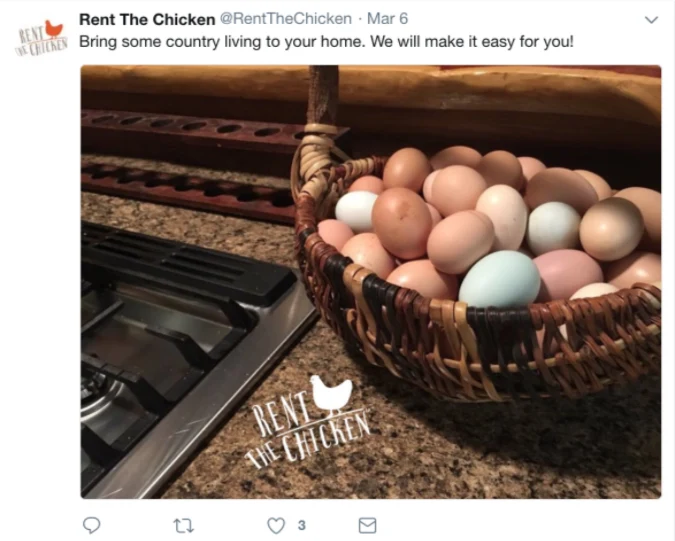
Rent The Chicken has made a name for itself with its original photography, often using the owner’s home as a backdrop.
The photo above was taken from a tweet the company sent out that explained how customers can have fresh eggs at home minus the commitment of raising chickens. It’s an appealing and simple image that conveys a story on its own.
They know how to keep it simple. Instead of telling people about their portable coops, egg hatching services and automated feed delivery, Rent The Chicken used this photo to convey how their service can benefit their customers. People don’t often read every word of a tweet or post, but everyone enjoys relatable visuals.
The brand has now expanded to many cities across the US and Canada but has maintained their homegrown brand identity masterfully.
Comic Strips & Cartoons
While it’s true that video content is dominating every market space these days and is known to outsell every other medium two to one, there’s no harm in taking a different approach.
Oftentimes, it is the different approaches that get noticed the most. Consider using a comic strip or cartoon as part of your visual storytelling experience. Write up your story or post a quick video and add a humorous comic to accompany it.
People appreciate humor and they love to share it. While infographics find long-term success in social shares for months or years, comic strips tend to get shared in higher volume initially.
Take a look at the following comic created by Martin Kozlowski for the content marketing company Contently.
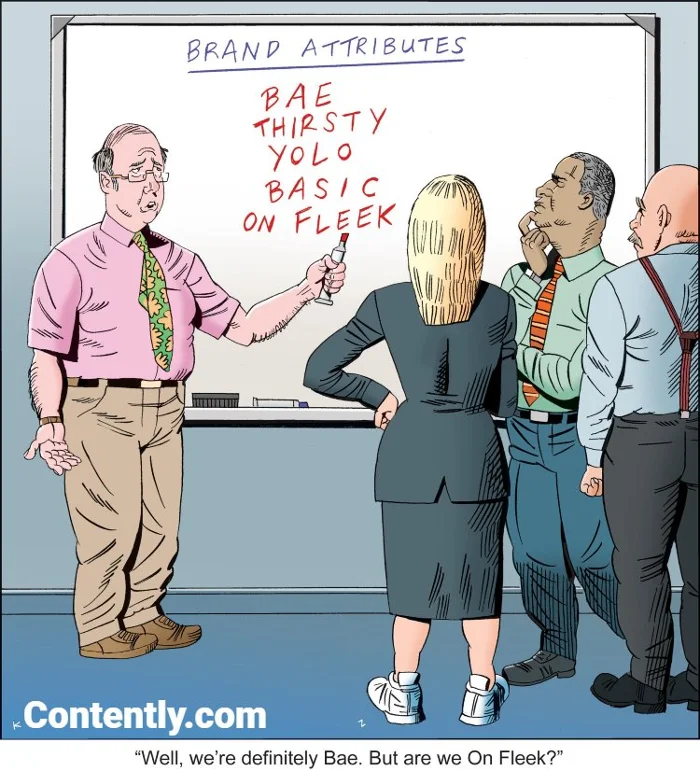
It’s humorous and relatable with a slight Dilbert quality. This particular comic was shared across Facebook and LinkedIn for over a year.
Tell Your Story – Visually
You’re a small local business. You have a story to tell. Consider making a video of your origins, struggles, or an amusing anecdote that many locals can relate to. Post your video on YouTube and Facebook along with an accompanying visual for easy social shares. As we discussed above, you can use infographics, original photos or even a comic strip or cartoon.
Ask yourself the following questions before you start your visual storytelling journey.
- Is your target audience readily available on your chosen medium?
- Is the story or message useful and entertaining?
- Can the platform I choose help my story connect with my target audience better?
- Is the point or goal of my story succinct, specific, and on point?
- Can my story and visuals be shared on the social platforms easily?
- Can my audience respond to my story directly to increase engagement?
- How can I tell an old story or reintroduce my old brand in a new and exciting way?
Whatever storytelling device and medium you choose, just push ahead. Tell your story, increase your brand awareness and grow market share. It will take a few weeks to months to get the hang of this whole visual storytelling thing, but you will. Practice makes progress, so sit down and outline your first story, choose some visuals and get it out into the world.



It’s the sales page where the magic happens. This is the page that gives you a return on your marketing investment. It is on this page where we convert visitors to paying customers. Do you know the valuable elements of a high-converting sales page? You will soon. Keep Learning >

Content marketing is the backbone of the biggest success stories over the last decade. I’m referring to companies like Zomato, Canva, ThinkGeek, HootSuite and even Blendtec. It’s not surprising that so many brands are focusing on content marketing, given the average ROI is twice any other type of digital marketing. Keep Learning >
